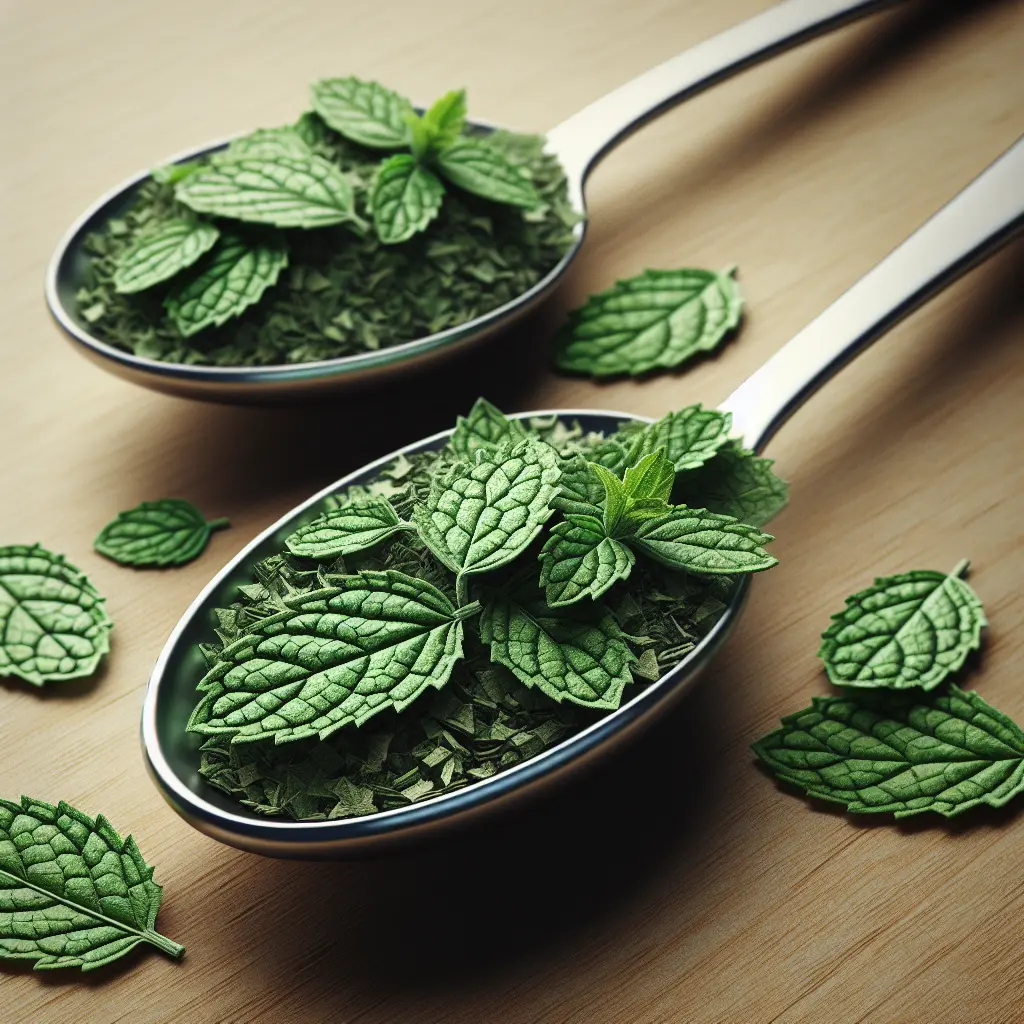Peppermint: A Culinary and Medicinal Herb
Peppermint, a member of the mint family, is a versatile herb that has been prized for centuries for its distinctive flavor and medicinal properties. Its refreshing aroma and cooling taste make it a popular ingredient in various culinary applications, from beverages and desserts to savory dishes. Beyond its culinary appeal, peppermint boasts an impressive array of health benefits, making it a valuable addition to a balanced diet and natural healing practices.
Nutritional Profile
Peppermint is a low-calorie herb, with just 2.2 calories per 2 tbsp serving. It is virtually fat-free and contains negligible amounts of protein and carbohydrates. However, peppermint is a good source of fiber, providing 0.3 grams per serving, which contributes to satiety and supports digestive health. Additionally, peppermint contains small amounts of vitamins and minerals, including vitamin C and potassium.
Health Benefits
Peppermint has been traditionally used to alleviate various ailments and promote overall well-being. Modern research has substantiated many of these claims, revealing the following health benefits associated with peppermint:
- Improved Digestion: Peppermint has carminative properties that help reduce gas and bloating. It can also soothe an upset stomach and alleviate nausea.
- Pain Relief: Peppermint contains menthol, a natural pain reliever that can provide relief from headaches, muscle aches, and menstrual cramps.
- Stress Reduction: The aroma of peppermint has calming effects that can help reduce stress and anxiety. It can also promote relaxation and improve sleep quality.
- Antioxidant Activity: Peppermint contains antioxidants that help protect against cellular damage caused by free radicals. These antioxidants may contribute to the prevention of chronic diseases, such as heart disease and cancer.
Culinary Uses
Peppermint's versatility extends beyond the medicinal realm into the culinary world. Its refreshing flavor and aroma make it an ideal ingredient for a wide range of dishes and beverages:
- Beverages: Peppermint is commonly used in teas, both hot and iced, as well as in cocktails and mocktails. It adds a refreshing twist to water and can be incorporated into smoothies and juices.
- Desserts: Peppermint extract is a popular flavoring in cakes, cookies, ice cream, and candy. It adds a sweet and minty touch to these treats.
- Savory Dishes: Peppermint can be used to enhance the flavor of salads, meat dishes, and soups. Its fresh taste complements both sweet and savory ingredients.
Conclusion
Peppermint is a versatile herb that offers numerous culinary and medicinal benefits. Its low calorie content and rich nutritional profile make it a healthy addition to a balanced diet. Whether you're looking to elevate your culinary creations with its refreshing taste or harness its therapeutic properties for improved health, peppermint is an herb that deserves a place in your kitchen and medicine cabinet.
How many calories are in Peppermint?
Each 2 tbsp of Peppermint contains 2.2 calories.
Peppermint Nutritional Information
| Nutrient | Amount per 2 tbsp (3.2g) |
|---|---|
| Calories | 2.2 Calories |
| Protein | 0.1g |
| Fat | 0g |
| Saturated Fat | 0g |
| Cholesterol | 0mg |
| Carbohydrates | 0.5g |
| Dietary Fiber | 0.3g |
| Sugar | g |
| Sodium | 0.001mg |
| Potassium | 0.0182mg |
| Calcium | 0.0078mg |
| Iron | 0.0002mg |
